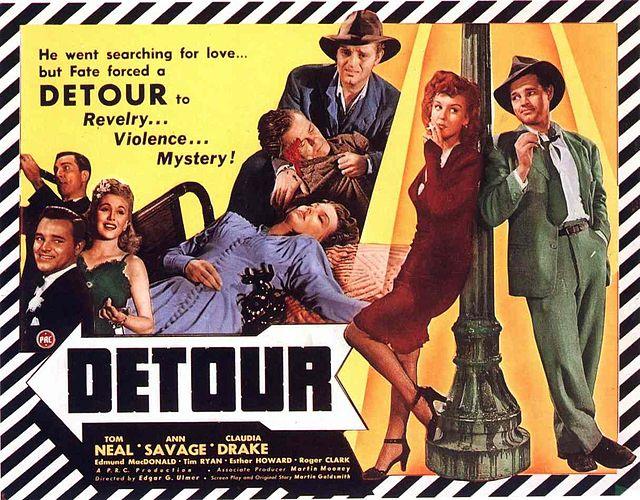Other than the six-minute standing ovation that Brendan Fraser received at Cannes, I knew nothing about “The Whale” before my son and I parked ourselves, popcorn and Hal’s seltzer in hand, in the Sag Harbor Cinema’s close but well-amplified confines. And that was for the best.
It was moving, all right, but also enjoyable was the gradual dawning that the movie was clearly once a stage play, what with only a few characters appearing and disappearing from a drab set.
Later it put me in mind of another great play turned movie, also about a physically and emotionally impaired loser in life trapped in humble surroundings, “The Glass Menagerie,” the 1987 version, with Paul Newman directing Karen Allen and John Malkovich.
I was left wondering if Manny Farber, the late great film critic, might have categorized these adapted stage plays as “termite art” — the concentrated focus, the visual limitations. Because from what I’ve read he could be a fan of well-rendered domestic strife, the drearier the setting the better. Just so long as it wasn’t mannered or self-conscious.
Farber’s field, broadly speaking, while democratized with blogs, podcasts, and social media, is not exactly what it used to be. I miss him and his contrarian take. Call him idiosyncratic, maybe even cranky. That insectival conception of his was an awfully useful one, as I understand it, referring to the heedless burrowing of director and cinematographer into their subject and story, seeking not big-deal schemes and major themes but art for obsessive art’s sake, losing themselves in the process.
It’s a tough theory to pin down, and at times hard to swallow. Farber took issue with “white elephant art,” tossing into that generalized bin movies like “Citizen Kane,” as innovative as it was, not for Orson Welles’s pomposity, exactly, more for its stabs at filmic grandeur. Farber’s preference, his wisdom borne out more and more as time passes, would tend toward the noir, the deeper into an unpretentious genre the better.
Well worth seeking out, Edgar G. Ulmer’s 1945 “Detour” fits the bill. With a bottom-barrel budget and shot in days, not months, was there ever a better depiction of American low life? Or maybe that should be road life: the gas stations, diners, and cheap motels of the American West. Down-and-out hitchhiking. Shabby nightclubs and pathetic dreamers.
I was introduced to this beauty 30 years ago in a half-semester film course in college, and the professor — disorganized, winging it, bound for the exit, not for tenure, but with his heart in the right place — accented the black-and-white offerings by rolling tape on a Lou Reed performance from David Letterman’s late-night show. Clad head to toe in black leather, with unadorned electric guitar, he played a track from “New York,” his hard-bitten time capsule of an album.
A rough and undisciplined performance, and screening it was a game attempt at somehow capturing the spirit of film noir. I like to think Manny Farber would have approved.

